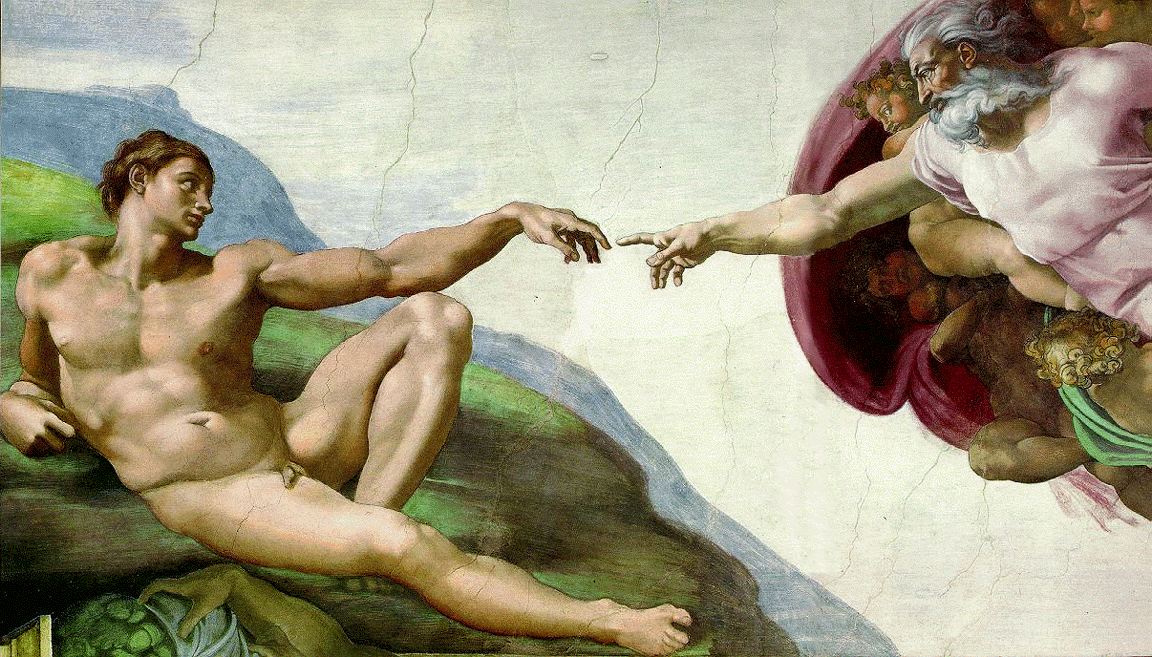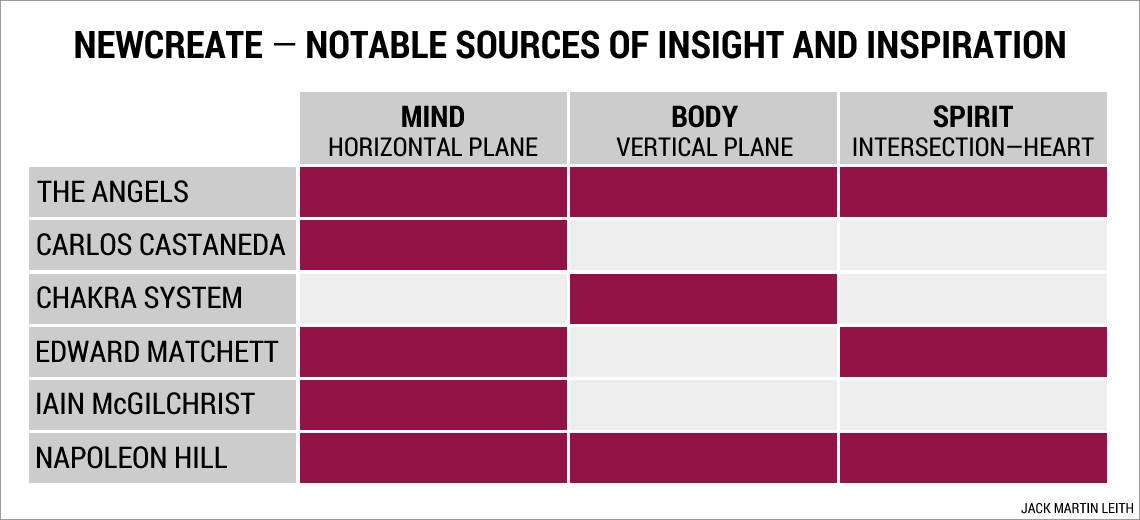
Find out more about the two books
Read more about Iain McGilchrist on Channel McGilchrist
He is best known for his work on how the brain’s hemispheres differ in the way they attend to the world, and how each hemisphere contributes in its own way to perception, thought and behaviour. This is unrelated to the debunked yet still prevalent split-brain theory developed in the 1960s by Roger Sperry and others. McGilchrist’s theory is also unrelated to the System 1 / System 2 hypothesis expounded by psychologist Daniel Kahneman in his New York Times bestseller, Thinking, Fast and Slow.
Jon Evans How do the left and right hemispheres do things differently?
Iain McGilchrist If you want a very simple, single point, it’s that the left hemisphere produces a representation of reality, whereas the right hemisphere actually puts us in touch with the presence of reality. We’re so used to representation that we can’t see how very different it is. Almost everything that we live in now is a representation, a projection on a screen in two dimensions; living in a city which represents certain things but nature is absent from it. So it’s like the difference between a diagram, a theory, a map, and the actual territory of the real world — or the terrain as I prefer to say — in which we live. And the map is very much simpler than the terrain. And that’s not a criticism, because we need simplicity for a map to work. If it had too much information in it, it wouldn’t work. But it’s vital not to mistake the map for the real world.
Source: The divided brain, attention and how we see the world (timestamp 26:34) — Iain McGilchrist in conversation with Jon Evans (host of YouTube channel Uncensored CMO and Chief Customer Officer at System1 Group) and Orlando Wood (Chief Innovation Officer at System1 Group) | Running time 48:35

© Michael Leunig
When you look at the differences attention makes, it changes the world. I say attention is a moral act, because how we attend literally changes what is there. In the left hemisphere’s world there are things that are already known; they are familiar and we know we need them. They are isolated, they are decontextualised, they are explicit, abstract, categorised, and effectively inanimate. Whereas in the right hemisphere, everything is seen as constantly in change, constantly flowing, constantly becoming; that nothing is ever completely isolated and that, in the end, everything is probably interconnected, that much of the meaning is implicit, not explicit, and that’s the most important kind of meaning we can have. It’s effectively a world where there are shades of difference, where there is nuance, where all is much more complex.
Iain McGilchrist from his videoed conversation with George Holliday about chapter 5 of The Matter with Things | Watch video from timestamp 8:26
More differences
- Attention is local, narrow, focused.
- Sees parts, not wholes.
- Sees an inanimate world of things.
- Thinking is decontextualized and systematic.
- Closes down to certainty.
- Sees the world as something like a map, a schema, a diagram, a theory — something two dimensional.
- Helps us manipulate the world.
- Deals with static things.
- Living in the body, rather as we drive a car.
.
- Attention is global, broad, vigilant, flexible, sustained.
- Sees the bigger picture and seeing things whole and in their context.
- Sees an animate world where things presence to us, rather than being re-presented.
- Opens up to possibility.
- Sees the world that is being mapped.
- Helps us understand the world.
- Perceives things in motion and in practice.
- Living the body.
I believe that reductionism has become a disease, a viewpoint lacking both intellectual sophistication and emotional depth, which is blighting our ability to understand what is happening and what we need to do about it.
Iain McGilchrist, The Master and His Emissary, Preface to the New Expanded Edition | View / download pdf
Another way of understanding hemisphere differences
- Attribute 1
- Attribute 2
- Attribute 3
- Attribute 4
- Attribute 5
- Attribute 6
- Attribute 7

Originator: Jack Martin Leith
Channel McGilchrist
Channel McGilchrist is a membership platform established by Iain McGilchrist and Mary Attwood, enabling its members to explore, discuss and expand on McGilchrist’s theory of the differences between the left and right hemispheres of the brain and their impact on our perception of and interaction with the world.
Read more about Channel McGilchrist
Resources for people exploring Iain McGilchrist’s work
Resources for people exploring Iain McGilchrist’s work contains the following sections:
Go to Resources for people exploring Iain McGilchrist’s workHow Iain McGilchrist’s work contributes to Newcreate

Continue reading
External websites
Iain McGilchrist’s Naturalized Metaphysics, by Rogério Severo, on Philosophy Now website
Left Brain & Right Brain: 20 Brain Hemisphere Differences from The Master and His Emissary on Sloww website
My stroke of insight, a TED talk given by neuroscientist Jill Bolte Taylor, in which she talks eloquently about her experience of living through a massive left hemisphere stroke
River Kenna proposes various ways of balancing the hemispheres in this Substack
This website
How Newcreators use mind, body and spirit to create the new and enrich the world
Jill Bolte Taylor, a neuroscientist who experienced her brain’s left hemisphere shutting down
Resources for people exploring Iain McGilchrist’s work
The tonal and the nagual (the tonal corresponds with the left hemisphere, the nagual with the right)
Two forms of imagination: creative and synthetic
Videos and podcasts featuring Iain McGilchrist and his work
Understanding The Matter with Things: Dialogues | 29-episode video collection in which Iain McGilchrist and Àlex Gómez-Marín discuss The Matter with Things, chapter by chapter
Index to entire site (60+ pages)
Search the site
Not case sensitive. Do not to hit return.